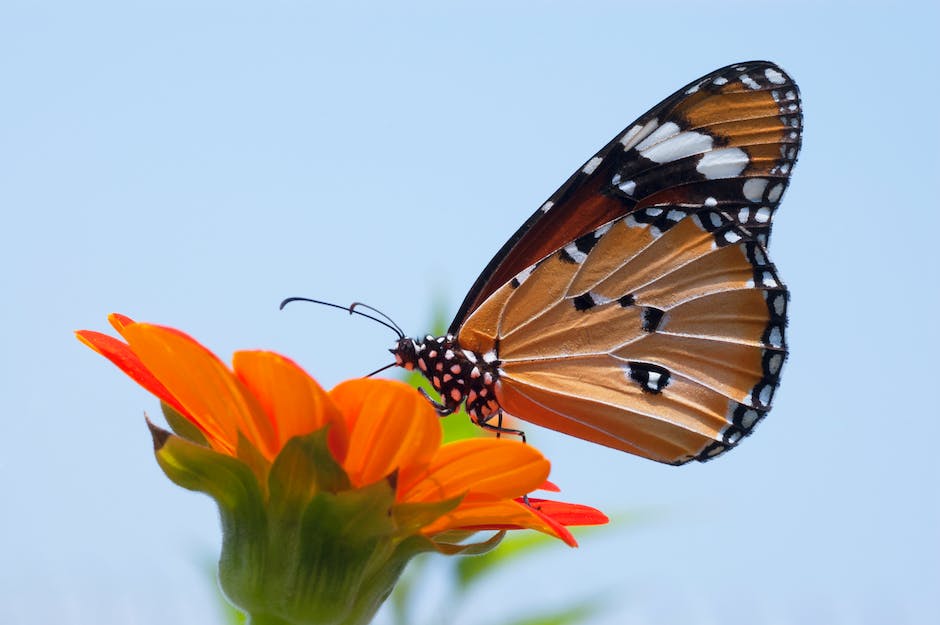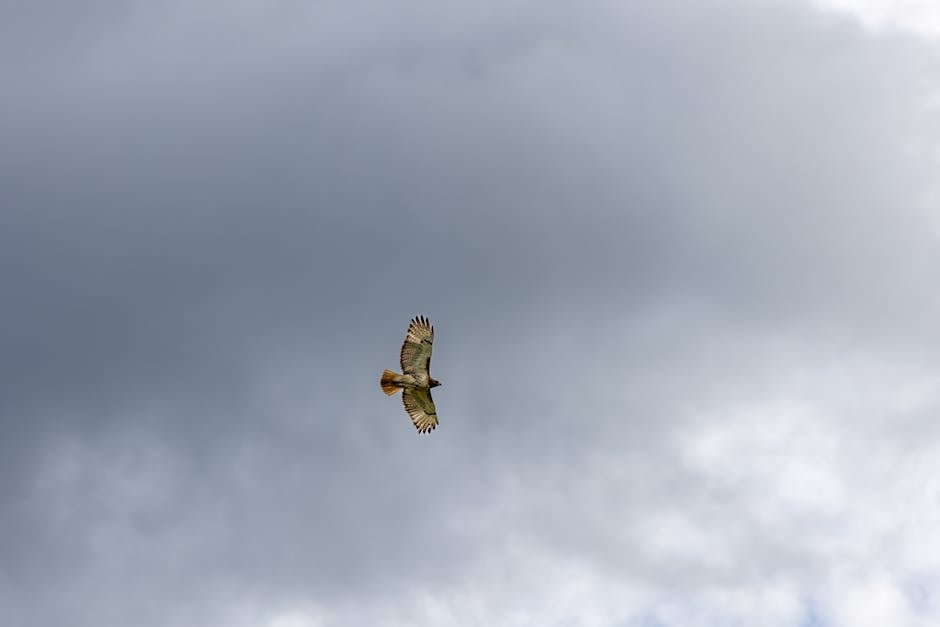When a fly takes off into the air, it has a wide field of view. It can see objects in front of it, to the sides, and even behind it, thanks to its large eyes. Each eye is made up of thousands of tiny lenses, called ommatidia. These lenses work together to give the fly a sharp image of its surroundings.
A fly sees a world that is constantly moving. They see a world that is full of color and movement.
Do flies see multiple images?
Flies have very good eyesight, better than human eyes in some ways. They can see a wider range of colors than we can, and they have very good peripheral vision. However, they do not see red color very well.
There is a lot of debate surrounding what colors insects can actually see. Some scientists believe that insects can only see two colors, while others believe that they can see a range of colors. However, it is generally agreed upon that insects are not able to see the color red. This is an interesting topic to explore further, as it is not entirely clear why this is the case.
Can flies see all around them
House flies have very unique eyes compared to ours. Their eyes are situated on either side of their head, giving them nearly a 360-degree field of view. This allows them to see behind themselves, which comes in handy for navigation and avoiding danger.
Each color has its own wave frequency, but flies have only two kinds of color receptor cells. This means they have trouble distinguishing between colors, for instance discerning between yellow and white. Insects cannot see the color red, which is the lowest color frequency humans can see.
Can flies feel pain?
Nociception is a form of pain that is felt by insects when they are exposed to extreme heat, cold, or other physically harmful stimuli. This pain is similar to the pain that humans feel when they are exposed to these same stimuli. Nociception allows insects to avoid these harmful stimuli and helps to protect them from harm.
Flies essentially see the world in slow motion compared to us. This is because they have a high Frame Rate (the number of images per second that they see). To illustrate this, have a look at a clock with a ticking hand.
Do flies feel anger?
The flies showed a primitive emotion-like behavior when they were prompted by a series of brisk air puffs delivered in rapid succession. They ran around their test chambers in a frantic manner and kept it up for several minutes. Even after the flies had calmed down, they remained hypersensitive to a single air puff.
This is false!
Can flies feel emotion
Flies likely feel fear similar to the way we do, according to a new study. This suggests that other small creatures may be emotional beings as well. The study opens up the possibility that flies experience other emotions too. This is an important finding, as it may help us to better understand the emotions of other creatures.
There are a few things that attract flies to sit on humans:
– Flies are attracted to carbon dioxide, which human beings breathe out.
– Flies feed on dead cells and open wounds.
– Oily hair is an attractant.
Are flies clean or dirty?
House flies are capable of transmitting a number of diseases to humans, including food poisoning, dysentery and typhoid fever. They do this by contaminating food with their feet and body, as well as leaving behind pathogen-filled footprints. In addition, house flies are known to spread cholera and anthrax.
It is known that the fruit fly Drosophila melanogaster is a social animal. However, flies that are kept in chronic social isolation have now been found to show dysregulated sleep and feeding patterns. This suggests that prolonged absence of social contact can have a negative impact on health.
What flies are afraid of
Cinnamon is a great natural air freshener and can help to keep flies away. Mix a few drops of essential oil with water in a spray bottle and mist around the room. You can also add a few drops to a diffuser to help keep the pests at bay.
The discovery that blue is three times more attractive to flies than yellow was key in making the device effective. Yellow actually repels flies, so the device is more effective in attracting and catching flies when it is blue.
Do flies have brain?
Fruit flies and mosquitos are more intelligent than most people think, according to scientists who have counted the bugs’ brain cells. The researchers say that the insects have around 100,000 brain cells, which is more than the number found in the human brain. The team says that the insects’ brain cells are arranged in a similar way to those in the human brain, and that they are able to process information in a similar way. The findings could help scientists to understand how the human brain works, and could also lead to new ways of controlling these insects.
The housefly has a lifespan of around 28 days. However, their lifespan can be affected by temperature and living conditions. For example, flies living in warm homes and laboratories will develop faster and live longer than those in the wild. This is because the housefly’s life cycle is relatively short, so they can multiply quickly if left unchecked.
Do flies scream
Insects do not have vocal chords or a voice, so they cannot scream.
Bugs typically don’t exhibit fear when it comes to humans, but rather they perceive us as a potential threat. This is due to their defense mechanisms kicking in when they see us as large or overhead predators. While this may not be the case for all bugs, it’s important to remember that they aren’t afraid of us and to be careful when handling them.
Conclusion
A fly sees a world in sharp detail and in slow motion. They can also see a world that is polarized – meaning they can see the world in terms of light and dark.
A fly sees a world that is full of movement and color. To a fly, the world is a chaotic place where anything can happen.

